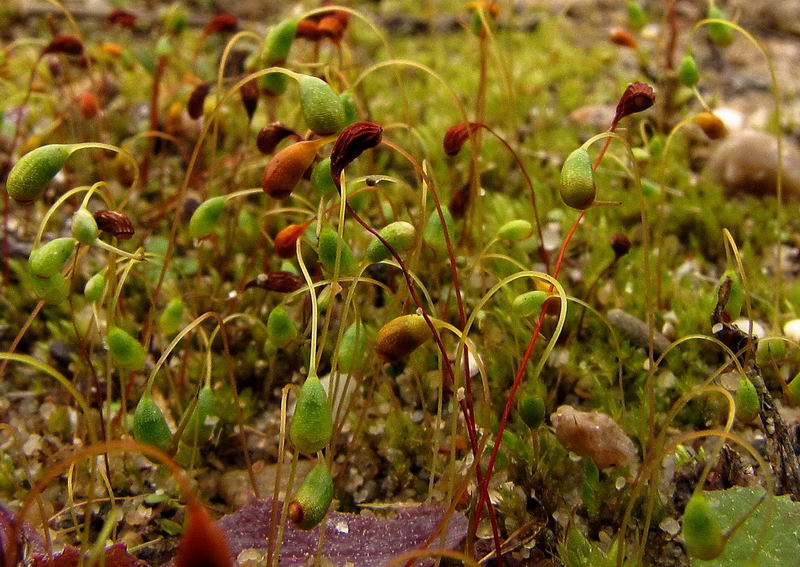Gametophyte Of Funaria
These gametophores are the adult form of the gametophyte. Protonema are characteristic of all mosses and some liverworts but are absent from hornworts. How can the answer be improved? Funaria: General Description of. It is cosmopolitan in distribution, mostly found in moist soil, rock, walls, and tree trunks.

• Background and Aims Actively growing post-embryonic sporophytes of desert mosses are restricted to the cooler, wetter months. However, most desert mosses have perennial gametophytes. Paypal Ipn Php Script For Digital Products. It is hypothesized that these life history patterns are due in part to a reduced thermotolerance for sporophytes relative to gametophytes.
• Methods Gametophytes with attached embryonic sporophytes of Microbryum starckeanum were exposed whilst desiccated to thermal episodes of 35 °C (1 hr), 55 °C (1 hr), 75 °C (1 hr) and 75 °C (3 hr), then moistened and allowed to recover for 35 d in a growth chamber. • Key Results All of the gametophytes survived the thermal exposures and produced protonemata, with the majority also producing shoot buds. Symptoms of gametophytic stress (leaf burning and discoloration of entire shoots) were present in lower frequencies in the 55 °C exposure.
Sporophyte resumption of growth and maturation to meiosis were significantly negatively affected by thermal treatment. Not a single sporophyte exposed to the two higher thermal treatments (75 °C for 1 h and 75 °C for 3 h) survived to meiosis, and those sporophytes exposed to 75 °C that survived to the post-embryonic phenophase took significantly longer to reach this phase. Furthermore, among the thermal treatments where some capsules reached maturity (35 °C and 55 °C), maternal shoots that produced a meiotic capsule took longer to regenerate through protonemata than maternal shoots aborting their sporophyte, suggestive of a resource trade-off between generations. Instruction Manual For Walther P22 on this page. • Conclusions Either (1) the inherent sporophyte thermotolerance is quite low even in this desert moss, and/or (2) a gametophytic thermal stress response controls sporophyte viability. INTRODUCTION Bryophyte gametophytes exhibit marked differences in survival of brief periods of heat shock depending upon plant hydration status, with greater thermal tolerance at lower tissue water content (;; ).
Whereas the lethal thermal limit for metabolically active (hydrated) gametophytes is 51 °C (with one record at 100 °C for Fontinalis allowed to recover for an extended duration under field conditions; ), when gametophytes are desiccated this limit rises to 110 °C at the extreme (;; ), with most species suffering injury at much lower temperatures (;;; ). In general, terrestrial bryophytes exhibit higher thermal optima and thermal tolerance than aquatic bryophytes (). The acquisition of dry heat tolerance in bryophytes is expected to be more sharply selected than wet heat tolerance since under most conditions heat stress is encountered when gametophytes are desiccated (; ). This contrasts with vascular plants, the vast majority of which are incapable of complete desiccation and which exhibit the highest wet heat tolerance among land plants (). At high temperatures, lethality is attributed to damage (including increased fluidity) to external and internal cell membrane systems including the photosystem pigment apparatus (; ). This leads to increased membrane permeability and eventual cell death, possibly caused by a compromised plant defensive reaction leaving tissues vulnerable to viral and fungal infections ().